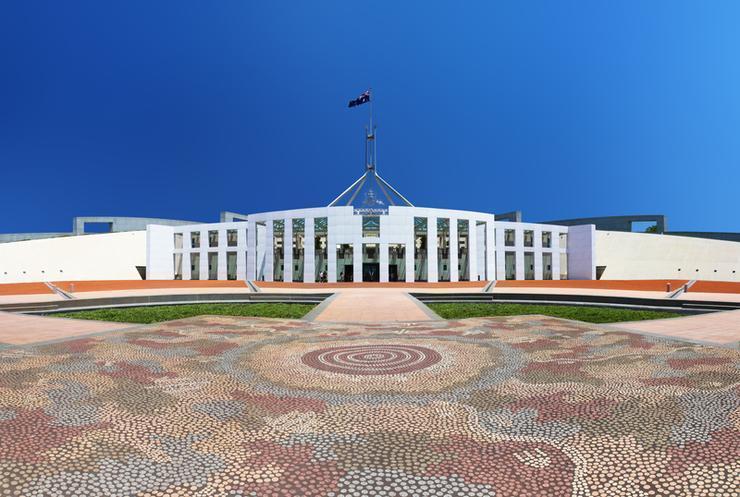The Tech Industry Reacts
The local tech industry has, predictably, already provided some of its views on the latest federal budget, with Michael Alp, vice president, Asia Pacific and Japan, at Pure Storage, noting that the government’s move to adopt and transition to digital technologies as part of its $800 million Digital Business Plan package is needed to keep Australians safe and supported.
“As progressive as we have been in the past, there are many layers of infrastructure and process under threat of attack, obsolescence or growing cost,” Alp said. “At the heart of this is the data of our people, land and businesses which needs to be safe, adaptable and usable by our core agencies. It’s the greatest asset of our government for preserving our identity, way of life, security and standard of living.”
Digital Realty Asia Pacific managing director Mark Smith, meanwhile, said that the additional rollout of 5G mobile services will create a high speed platform for business operations to take complete advantage of big data, artificial intelligence and the internet of things.
“The government’s move to boost 5G access will help provide critical connectivity and infrastructure to local enterprises, particularly when demand on internet infrastructure is so high. A cloud-first strategy – whether multi-cloud or agnostic – is crucial to capitalise on a faster 5G network ensuring businesses can compete,” Smith said.
blueAPACHE managing director Chris Marshall said that the government’s decision to invest in Australia’s digital future will work to further accelerate cloud adoption among businesses of all sizes and encourage organisations to completely rethink their approach to technology.
“Right now, with workforces distributed, there’s an urgent need to harness emerging devices, software and services while at the same time extracting maximum value from existing investments,” Marshall said. “Gone are the days where an organisation’s IT department could design and build systems based on clear, five-year plans.
“The luxury of having the time to scope out requirements, assess a range of vendors, test and then deploy company-wide systems is no longer available. Any organisation that believes it can confidently plan more than two years ahead is likely to be misguided.
“Faced with constantly changing customer demands and a rapidly evolving competitive landscape, an organisation’s technology infrastructure must be able to change just as quickly,” he added. “In the era of the post-pandemic empowered customer, the end game is to know what your customers want, before they know they want it. This budget will support companies to innovate and rapidly evolve so that they can become more agile and even more customer obsessed.”
For Joanne Wong, APAC vice president of international marketing at LogRhythm, the government’s focus on digital project investment, which builds on its previously announced ten year investment strategy in cyber security, is to be applauded.
“Australia will also be in a much better position to tackle the IT security issues that will continue to increase in coming years,” Wong said. “Indeed, the government’s zeal should now spur company management within businesses of all sizes grappling with a remote workforce and uncertain market conditions to take a proactive approach and review their cyber security hygiene.
“This will benefit employees and customers of organisations who will want to know that management have the latest technology in place which can detect threats and help quickly remediate attempted attacks if they do happen,” she said.

